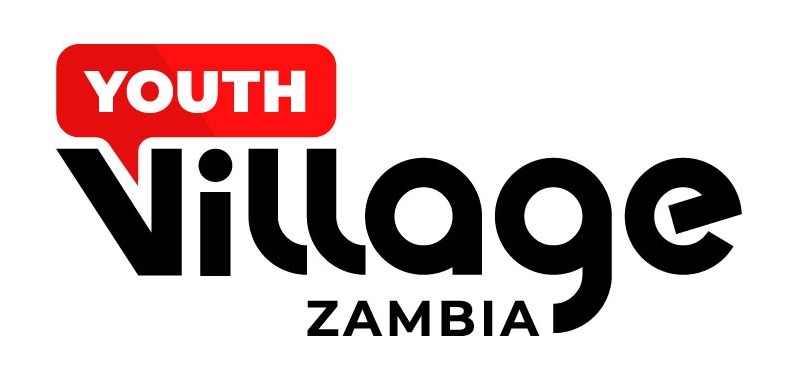In June 2024, Zambia’s Cabinet approved the creation of a state-owned company to manage the country’s mineral trade, particularly copper, with the aim of ensuring that Zambians benefit more directly from their nation’s rich mineral resources. The goal was to establish a Special Purpose Vehicle (SPV) to shift away from the traditional dividend payment model, adopting a production-sharing mechanism. This approach was intended to compete with global commodity traders like Glencore and Trafigura, who have long controlled Zambia’s copper trade.
However, just months later, the Industrial Development Corporation (IDC) entered into a partnership with Mercuria Energy Trading South Africa to market Zambia’s copper internationally. Mercuria, a major player in global commodity trading controlled by Swiss traders Marco Dunand and Daniel Jaeggi, has raised concerns about whether Zambia’s vision for controlling its mineral wealth is slipping away. This decision has raised key questions: What happened to the government’s plan for a state-controlled system? Why revert to middlemen rather than adopting a model like Chile’s, where copper is controlled by state-owned entities?
Chile, the world’s largest copper producer, offers an example of what is possible when a nation fully controls its natural resources. Through entities such as the Chilean Copper Commission and Codelco, the country manages all stages of the copper value chain, from exploration to marketing. This approach ensures maximum revenue, transparency, and wealth distribution to the people. In contrast, Zambia’s dependence on foreign intermediaries, who pocket significant profits, leaves the nation with little to show for its mineral wealth.
The recent deal with Mercuria risks perpetuating this cycle. For decades, commodity traders such as Trafigura and Glencore have dominated Zambia’s copper trade, profiting immensely while the country struggles with environmental and economic challenges. The involvement of another middleman—Mercuria—further undermines the government’s original objective of regaining control over Zambia’s resources and ensuring local benefits.
This decision is particularly disappointing given Zambia’s history. The Metal Marketing Corporation of Zambia (Memaco), once a subsidiary of ZIMCO, handled the marketing of Zambia’s copper. Its closure left a void that was quickly filled by foreign traders. The government’s initial plan to create a similar state-controlled entity had raised hopes for reclaiming control over the country’s minerals. Now, this vision seems to have been abandoned in favor of old, exploitative practices.
Zambia’s mineral wealth is immense, but there remains a stark disconnect between this wealth and the well-being of ordinary Zambians. Why does Zambia continue to rely on foreign intermediaries? Why can’t the country emulate Chile’s model and use copper as a tool for national prosperity? The answers lie in leadership, vision, and the courage to break free from systems that have failed the nation for so long.
It is time for Zambia to take decisive action. The country must reject the middleman model and establish a state-controlled entity that manages copper production, marketing, and downstream industries. This is not just about revenue—it’s about creating jobs, fostering national pride, and advancing the nation’s development. Zambia’s leaders must prioritize the interests of their people and make decisions that reflect the country’s vast potential.
Zambia deserves better. It is time for the government to commit to managing its mineral resources with transparency, accountability, and a long-term vision. By following Chile’s example, Zambia can reclaim its resources and build a future where the nation, rather than foreign corporations, benefits from its mineral wealth.






